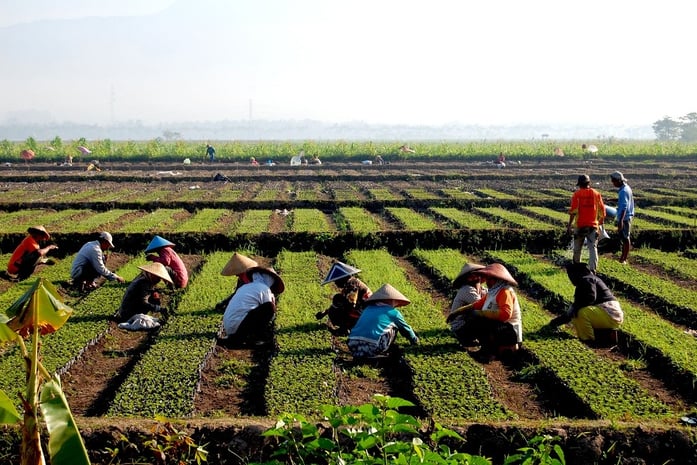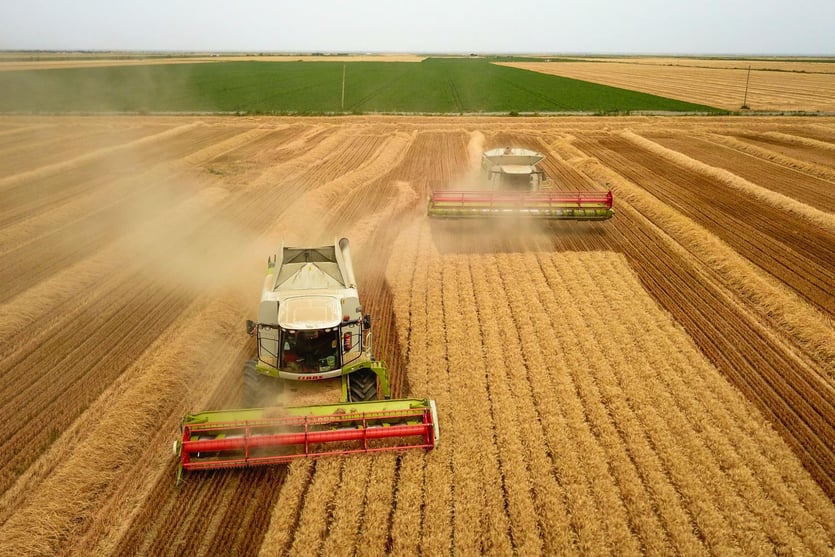The $1 Trillion Challenge: Why Post-Harvest Loss is a Global Crisis & How Better Storage is the Solution
We face a monumental challenge: feeding a projected global population of 10.5 billion people by 2050. To achieve this, we must produce more food, but more importantly, we must stop wasting what we already grow.
Globally, a staggering 32% of all food is lost or wasted before it can be consumed. This isn't just a matter of missed meals; it's a colossal environmental and economic disaster that happens every single day. While the problem occurs along the entire supply chain, a critical and often overlooked stage is the period immediately after harvest—a phase where the right storage can make all the difference.


The Hidden Environmental Cost of Food Loss
When food is lost, all the resources that went into producing it are lost, too. The scale of this waste is immense. According to research from the UN's Food and Agriculture Organization (FAO) and the Institute of Mechanical Engineers, annual global food losses account for:
Land Wastage: The loss of 1.47 to 1.96 billion hectares of arable land.
Water Depletion: The waste of 0.75 to 1.25 trillion cubic meters of fresh water.
Energy Consumption: A drain of 1% to 1.5% of the world's total energy.
Greenhouse Gas Emissions: A shocking 6-10% of all human-caused greenhouse gas emissions can be traced back to food loss and waste, making it a bigger contributor to climate change than the entire aviation industry.
Despite this devastating impact, the problem receives little attention. Shockingly, only 5% of all research and development investment in the agri-food sector is dedicated to reducing food loss.
The Critical Weak Point: Post-Harvest Storage
Food is vulnerable at every step, from production and transport to distribution. However, the post-harvest stage—the time between when a crop is picked and when it undergoes its first transformation—is the most critical loss point.
Every year, approximately 1.3 billion tonnes of agricultural goods, valued at over $1 trillion, are lost during this phase.
This is where crops are most susceptible to damage. Without proper protection and preservation, harvests are exposed to a range of threats that lead directly to spoilage.
What Causes Spoilage During Storage?
Pests: Insects and rodents can infest and destroy entire stocks of grain and produce.
Fungi and Bacteria: Micro-organisms thrive in poor conditions, leading to mold, rot, and contamination.
Moisture and Humidity: Incorrect moisture levels accelerate decomposition and encourage mold growth.
Natural Decay: The natural respiration and ripening process of fruits and vegetables continues after harvest, leading to degradation if not properly managed.
These problems are especially severe in developing nations, where a lack of modern storage infrastructure means that hard-earned harvests are often lost before they can ever reach a market.


The Path Forward: Protecting Our Harvests with Innovation
Reducing food loss is no longer optional—it is essential for achieving sustainable food security and meeting our climate goals. The solution requires a combination of societal change and, crucially, technical innovation.
At Nox Storage, we are focused on the most impactful area of this challenge: ending post-harvest loss. By implementing advanced, controlled-environment storage solutions, we can create the perfect conditions to protect crops from pests, mold, and natural decay. This extends the life of the harvest, preserves its quality and nutritional value, and ensures that the resources invested in growing it were not in vain.
Protecting our food after it leaves the field is one of the most effective ways to build a more resilient and sustainable food system for generations to come.
Ready to secure your harvest and be part of the solution?
Contact Nox Storage today to learn how our advanced storage technologies can protect your agricultural products, reduce waste, and improve your bottom line.
